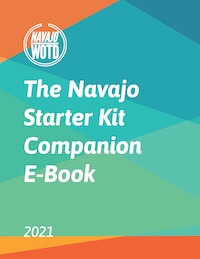kin yah ah knee
In Navajo tradition, it is accepted that the clan system began with four primary clans. One of these clans is Tódích’íí’nii (Bitter water), which we briefly discussed in an earlier post.
Kin Ya’áanii is another of these clans. Notice Kin (from Kinłání), meaning ‘house’. The latter part of the clan is something like “that which goes upward into the sky.” The clan is translated commonly as “Towering House.”
The creation stories say that these clans were created by Changing Woman herself. Changing Woman is a central entity in many creation stories. In adulthood, she could be found in the West with the Sun, tending to the western light. After some time, she and her people (spirits and animals from the many worlds) were lonely in the far away west.
Those who were with Changing Woman persuaded her to let them return to the homeland, where there was many that also missed those who had left. It was at this point that Changing Woman rubbed places on her body, and using this essence she crafted the ancestors of the four groups from mud. To these she gave each a clan, and she gave them an animal protector.
The long journey the whole group made to the homeland, and perils they faced, are retold in songs and chants. They say that these four clans protected the boundaries of the Diné homeland for those that Changing Woman left. Over time, these clans would mix with the understanding that they should never produce offspring from a pair within the same clan.
Today, there are dozens of clans. And as numerous as these clans have become, there are complications, such as interracial marriage (keeping the clanship system intact) and inter-clan marriage (some clan families are too big).
Kin Ya’áanii is also sometimes pronounced Kiya’áanii.
